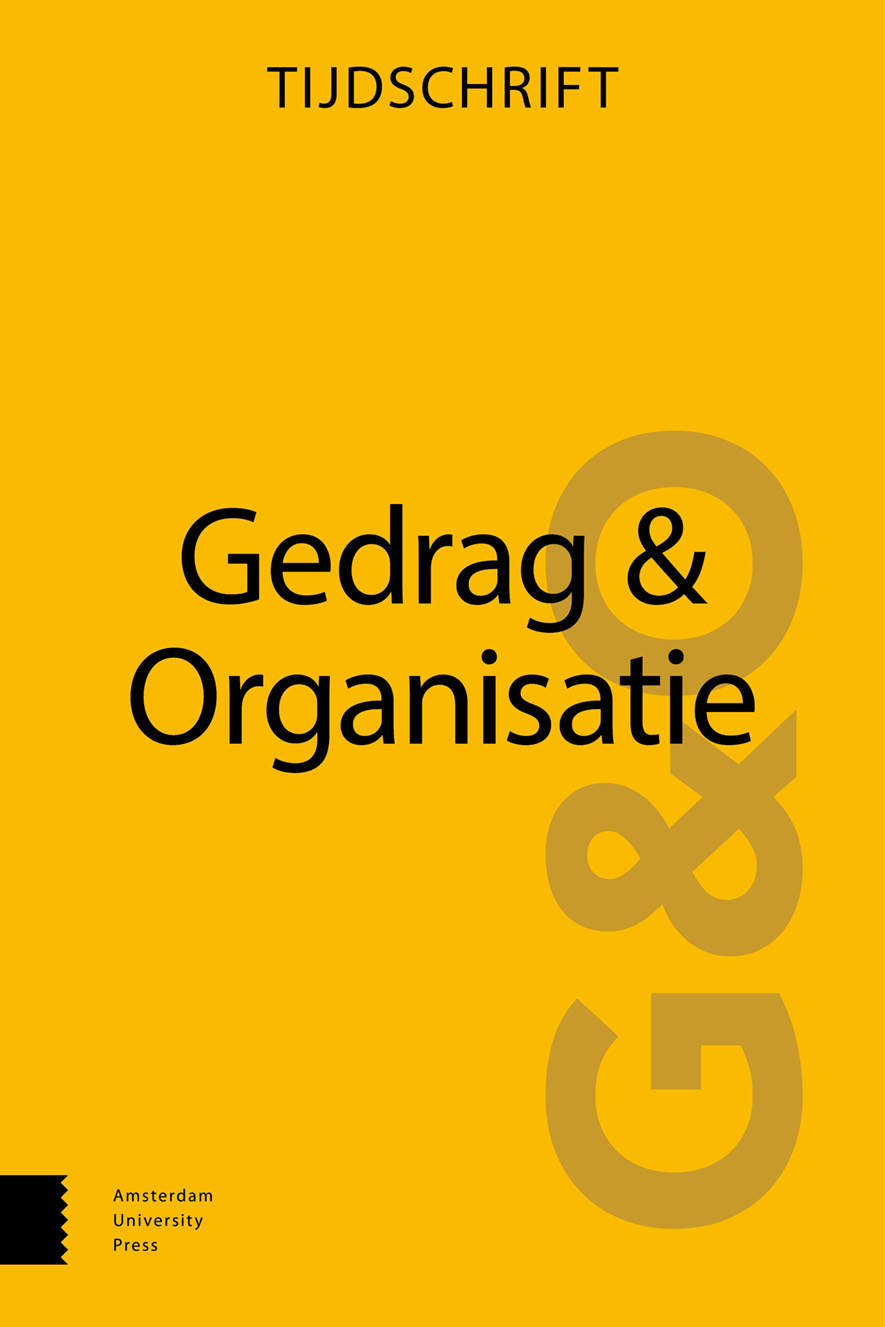
Full text loading...
We use cookies to track usage and preferences.I Understand

Het doel van het proefschrift dat in dit artikel wordt besproken, was het introduceren en nader onderzoeken van een type gedrag genaamd ‘proactief vitaliteitsmanagement’ (PVM), gedefinieerd als ‘individueel, doelbewust gedrag gericht op het reguleren van fysieke en mentale energie om optimaal functioneren op het werk te bevorderen’. Daartoe zijn acht empirische studies uitgevoerd. Tezamen werpen de studies licht op (1) hoe PVM geconceptualiseerd en betrouwbaar gemeten kan worden; (2) welke processen door PVM in gang gezet worden; en (3) wie er wanneer baat kan hebben bij het gebruik van PVM. De studies presenteren een theoretisch kader van PVM en de daaruit voortvloeiende processen, en dragen bij aan de wetenschappelijke literatuur en de praktijk door het belang van proactief gedrag van mensen in hun eigen werkproces te benadrukken. De verschillende onderzoeksstudies laten zien dat mensen die hun fysieke en mentale energie voor werk proactief reguleren, zich beter voelen, minder verzuimen, en beter en creatiever presteren.

Article metrics loading...

Full text loading...
References


Data & Media loading...

